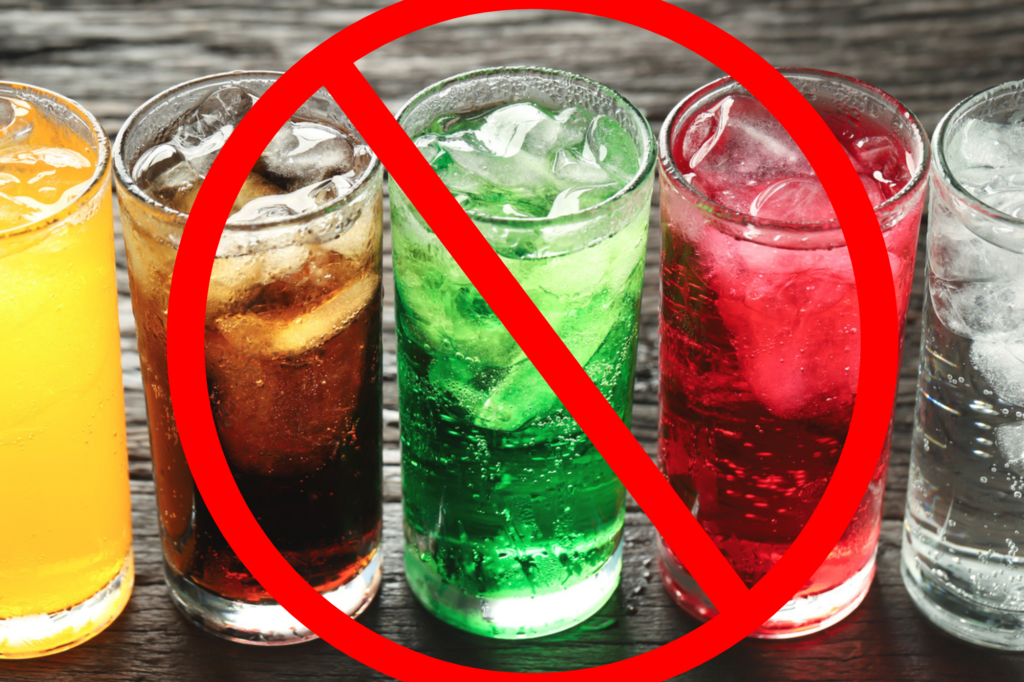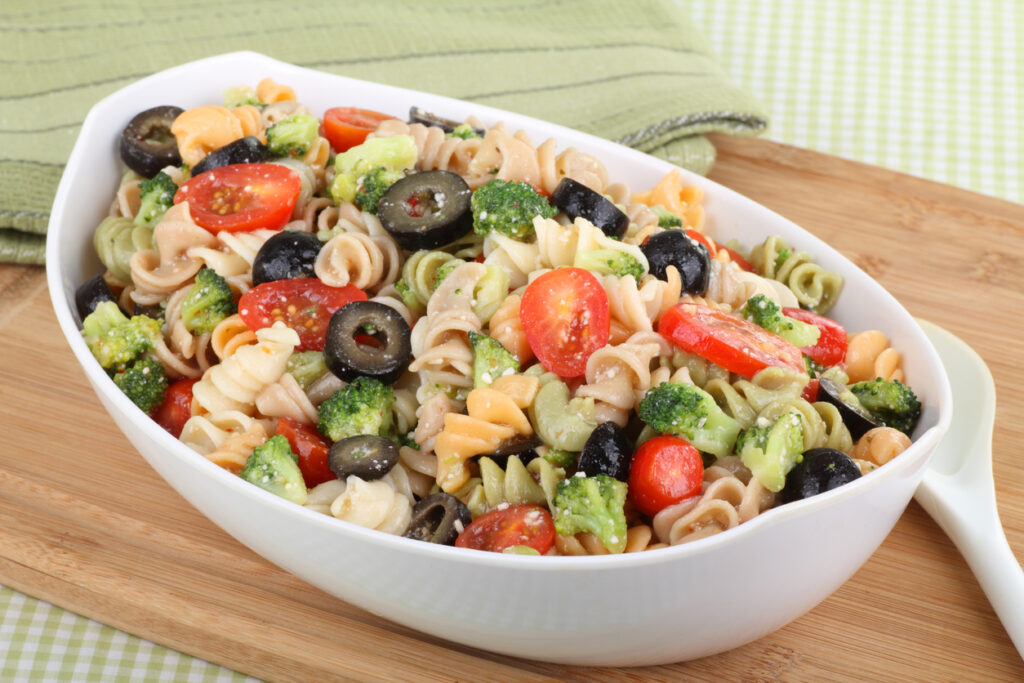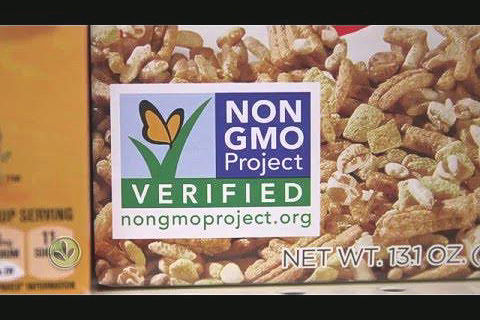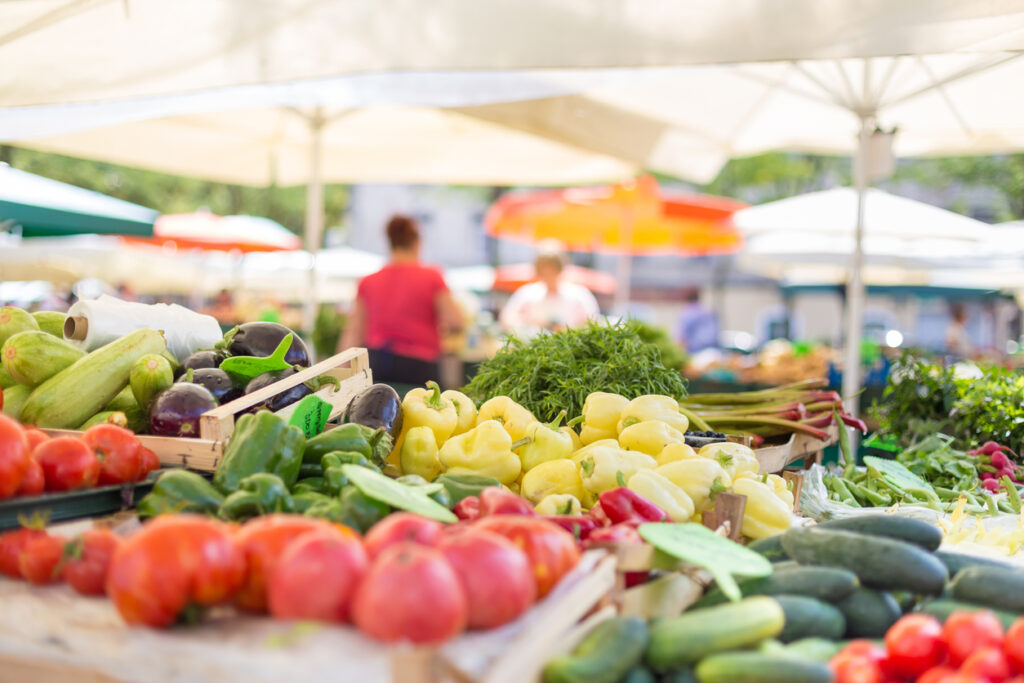1. Same Brands, Cleaner Recipes

It’s fascinating how some global brands adjust their recipes depending on where the product is sold. For example, Fanta, McDonald’s fries, and Heinz ketchup in Europe often contain fewer additives and use cleaner ingredient lists than their U.S. counterparts. European versions typically exclude controversial chemicals or excessive sugars. This isn’t just about safety regulations; it’s about taste, too. Many Europeans report that familiar products simply taste fresher or less artificial. So even when you order international brands, you might be getting a subtly different, and in many ways better, product than what you’d find in the U.S.
2. They Ban Ingredients the U.S. Still Allows

Europe is much stricter about what goes into their food. They prohibit certain food dyes, preservatives, and additives like titanium dioxide and brominated vegetable oil (BVO), common in many American processed foods but banned in the European Union. This means European foods avoid some synthetic chemicals that have raised health concerns. For example, the EU’s ban on BVO, used in some sodas and sports drinks in the U.S., reflects their precautionary approach to food safety. Americans may not notice these ingredients directly, but their absence in Europe helps create cleaner, less contentious flavors.
3. Portions Are Smaller by Design

A subtle but powerful difference is portion control. European food culture favors smaller plates, less packaging, and fewer “supersize” options found so often in America. This intentional design helps people avoid overeating naturally, without feeling deprived. It’s common to see modest servings in cafes and restaurants, encouraging mindful eating. The result? Europeans often maintain healthier weights and enjoy meals without the guilt or excess that comes from oversized portions.
4. Their Bread Is Actually Bread

European bread is a world apart from many American loaves. It’s often crafted with just flour, water, yeast, and salt using natural fermentation methods like sourdough. This contrasts with U.S. breads, which frequently contain preservatives, dough conditioners, and added sugars to prolong shelf life and texture. The difference is clear in taste and nutrition: European bread is denser, more flavorful, and keeps you feeling fuller longer without the hidden extras.
5. Sugar Isn’t Hidden Everywhere

Americans often encounter sugar lurking in unexpected places, from pasta sauce to salad dressings to cereals. Europeans tend to have less of this hidden sugar in their packaged foods. For example, European pasta sauces are typically less sweet and more savory, respecting the natural flavors of the ingredients. This lower sugar content helps promote balanced blood sugar levels and avoids the “overly sweet” taste that can dominate American products.
6. Food Is Less Processed

Walking through a European grocery store typically means encountering more whole foods and fewer “ultra-processed” products. This means foods with recognizable, pronounceable ingredients, not long ingredient lists full of additives, stabilizers, or artificial flavors. European regulations encourage natural ingredients, so shoppers are more likely to find simpler foods that nourish rather than overload with additives, helping people eat cleaner without needing a food label decoder.
7. Higher Standards for Meat and Dairy

When it comes to meat and dairy, Europe sets a higher bar. Growth hormones like rBST, commonly used in the U.S. to boost milk production, are banned in the EU. Additionally, antibiotic use in livestock is far more controlled, meaning animals receive fewer antibiotics unless absolutely necessary. This results in cleaner, more natural animal products. Europeans also tend to buy from local farms or artisan producers, where animals are raised with more attention to welfare and feed quality. These practices influence not just health but flavor, making milk, cheese, and meat taste fresher and more authentic. American consumers often notice the difference, especially when trying products like European butter or cured meats.
8. Clearer GMO and Allergen Labels

Europeans can shop with confidence because food labels clearly disclose genetically modified organisms (GMOs) and potential allergens. This transparency is mandated by law, so consumers know exactly what they’re eating. In contrast, the U.S. still has patchy labeling on GMOs, leaving many in the dark. Clear labeling means that Europeans can avoid ingredients that don’t agree with them or that they prefer to skip, such as certain GM crops or nuts. This open approach helps build trust between shoppers and producers and supports people with allergies or sensitivities in making safer choices. It’s a small detail that makes grocery shopping feel less like a guessing game.
9. Meals Are Slower and More Intentional

In Europe, eating is often seen as a moment to relax and connect, not just fuel the body. Meals are usually a sit-down affair, with people taking time to savor each bite, talk, and enjoy company. Snacking between meals is less common, which helps reduce overall calorie intake. This slower pace of eating promotes better digestion and helps people tune into their fullness signals, leading to lower obesity rates compared to the U.S. It’s a cultural rhythm that encourages mindfulness about food. Just the simple act of slowing down at the table changes eating from a rushed task into a meaningful experience.
10. Meal Culture Over Convenience Culture

Fast food does exist in Europe but hasn’t overtaken traditional meal customs the way it has in America. Daily cooking, farmers markets, and family meals remain central. This meal culture values fresh ingredients, home preparation, and seasonal eating, which naturally leads to healthier food choices. Convenience culture in the U.S. often prioritizes quick, highly processed meals with long ingredient lists. The European preference for fresh and local means people are more likely to consume nutritious, whole foods regularly. This approach nourishes body and community, keeping traditions alive while supporting better health outcomes.
This story 10 Reasons Food Really Is Healthier in Europe (And Why Americans Can Taste the Difference) was first published on Daily FETCH


